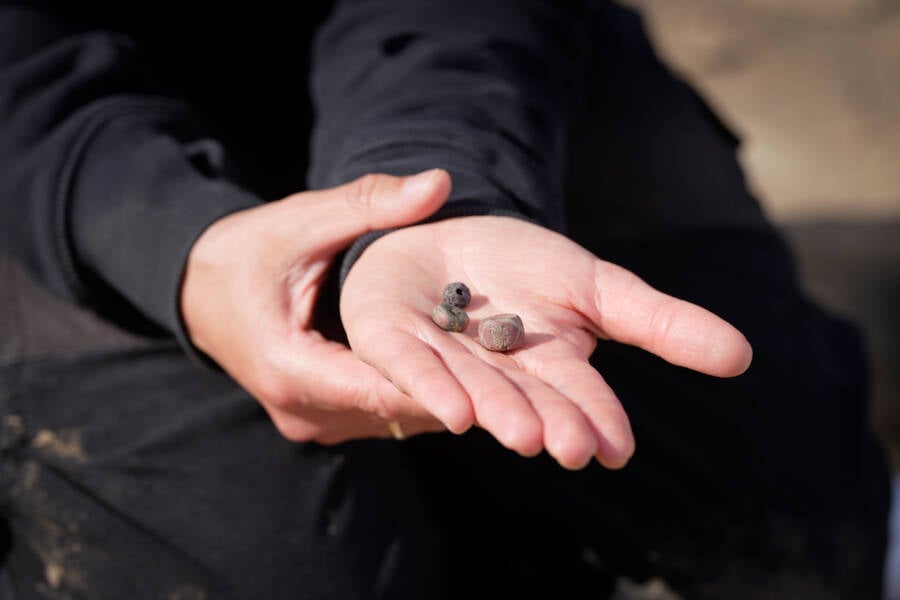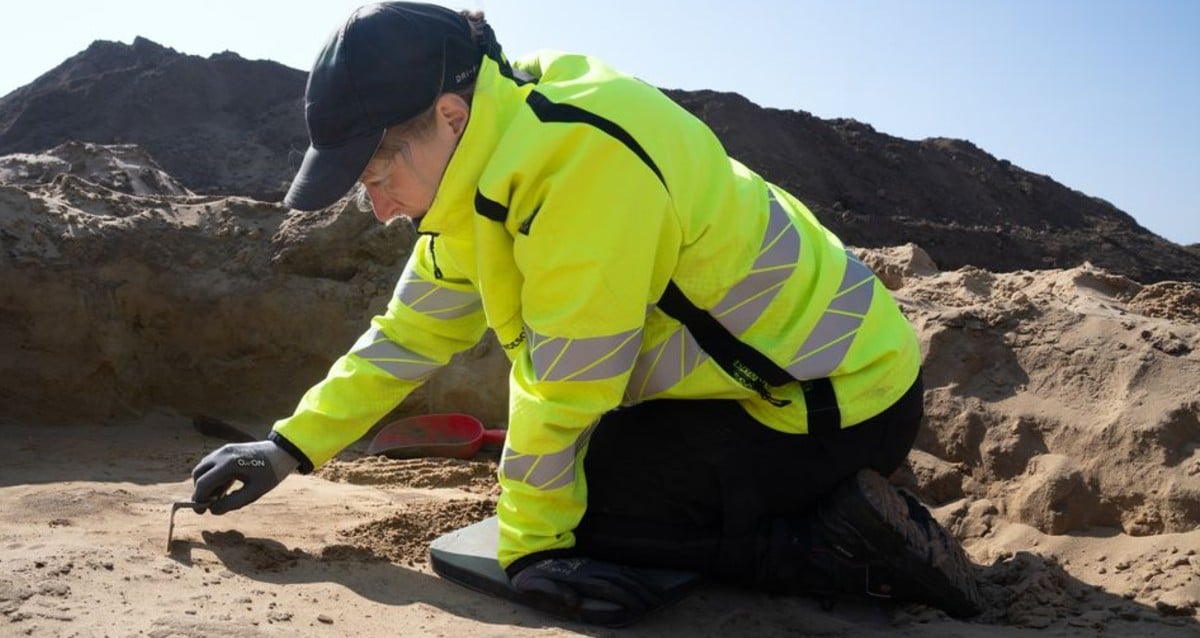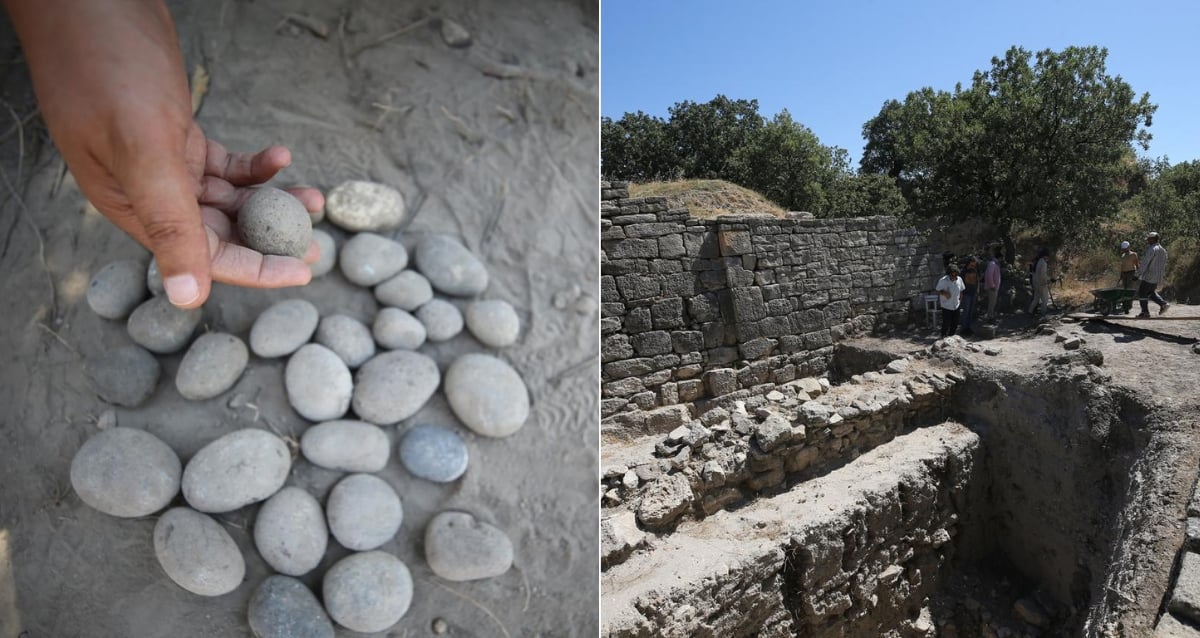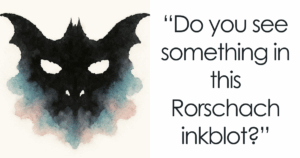Secrets Unearthed: Mysterious 10th-Century Viking Burial Site Found Beneath Denmark Construction Site
The 30 graves at the site date back to the second half of the 10th century and are packed with grave goods. Archaeologists found pearls, coins, ceramics, and an “unusual box” containing gold thread and a pair of scissors. They also found human remains, including teeth and bones, and the coffin of a woman who was buried with ornaments and other personal belongings.
According to the museum, the graves are different sizes and hold various types of grave goods. This is possibly an indication that people “of varying social status” were buried together, which in turn suggests that the burial ground might have been for a “noble family and their slaves.” It’s likely that the noble family is connected with the nearby farm, Stormandsgården.

Moesgaard MuseumBeads found within the Viking graves in Lisbjerg.
“The burial site is most likely associated with the nobleman’s farm in Lisbjerg from the Viking Age [eighth to 11th centuries], which is located less than a kilometer from the burial site,” Mads Ravn, the head of local cultural heritage at the Moesgaard Museum, remarked. “The objects we have found in the graves tell us that the buried are people of high status — it could be the extended family from the farm itself that is buried here.”
Indeed, archaeologists suspect that the noble family may have been connected in some way to Harald Bluetooth, the 10th-century Viking king.
A Possible Connection To Harald Bluetooth
Given that the Viking graves in Lisbjerg date back to the second half of the 10th century, it’s possible that the nobles buried there had a connection to Harald Bluetooth, perhaps as earls or stewards tasked with managing the region.













Post Comment